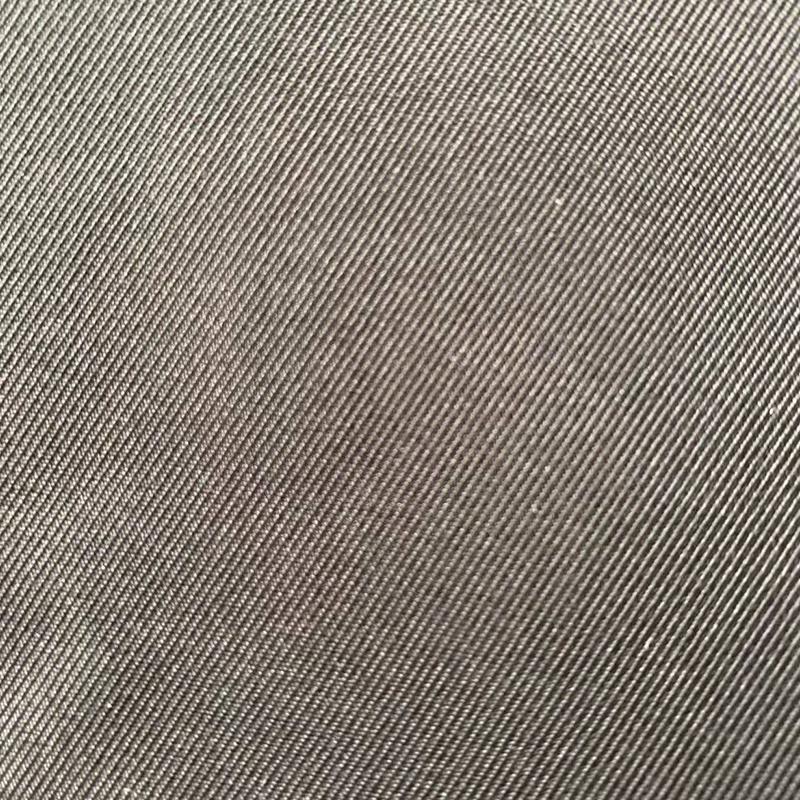300D Polyester Gabardine Fabric is a robust and versatile textile renowned for its durability and weather-resistant properties. Derived from polyester fibers, this fabric is meticulously woven into a tight twill pattern, offering a smooth and flat surface characterized by distinct diagonal ribs. These features not only enhance its aesthetic appeal but also contribute to its resilience, making it particularly suited for outerwear such as raincoats, windbreakers, and uniforms.
When considering its comfort across different climates, 300D Polyester Gabardine Fabric exhibits several noteworthy attributes. In temperate and cooler climates, its ability to repel moisture and block wind makes it highly desirable. The fabric’s dense weave and polyester composition provide a protective barrier against inclement weather, ensuring wearers remain dry and shielded from the elements. This durability also translates into a sturdy feel, offering a sense of security and reliability in adverse conditions.

However, the fabric’s breathability is a factor that varies depending on environmental factors. Polyester, as a synthetic material, is inherently less breathable compared to natural fibers such as cotton or wool. This characteristic means that while 300D Polyester Gabardine Fabric efficiently manages moisture by wicking sweat away from the body and drying quickly, it may not allow for optimal airflow through the fabric. This reduced breathability can lead to a buildup of heat and moisture in warmer climates, potentially affecting comfort levels over extended periods of wear.
In regions with hot and humid weather, where airflow and ventilation are crucial for comfort, users may find 300D Polyester Gabardine Fabric less preferable compared to lighter, more breathable fabrics. Despite this, advancements in textile technology have enabled manufacturers to enhance the breathability of polyester blends, offering improved comfort without compromising on the fabric’s protective qualities.
The fabric’s suitability across different climates ultimately hinges on its intended use and the wearer’s specific needs. For outerwear designed to withstand wind and rain, such as jackets and coats, 300D Polyester Gabardine Fabric remains a favored choice due to its durability and water resistance. In contrast, for garments intended for warmer climates or activities requiring high breathability, alternatives with greater airflow capability may be more suitable.
While 300D Polyester Gabardine Fabric excels in providing durability and weather protection, its comfort in varying climates depends on the balance between its protective properties and breathability. Understanding these characteristics helps consumers and designers make informed choices based on their climate conditions and intended application, ensuring both functionality and comfort are optimized in their apparel selections.